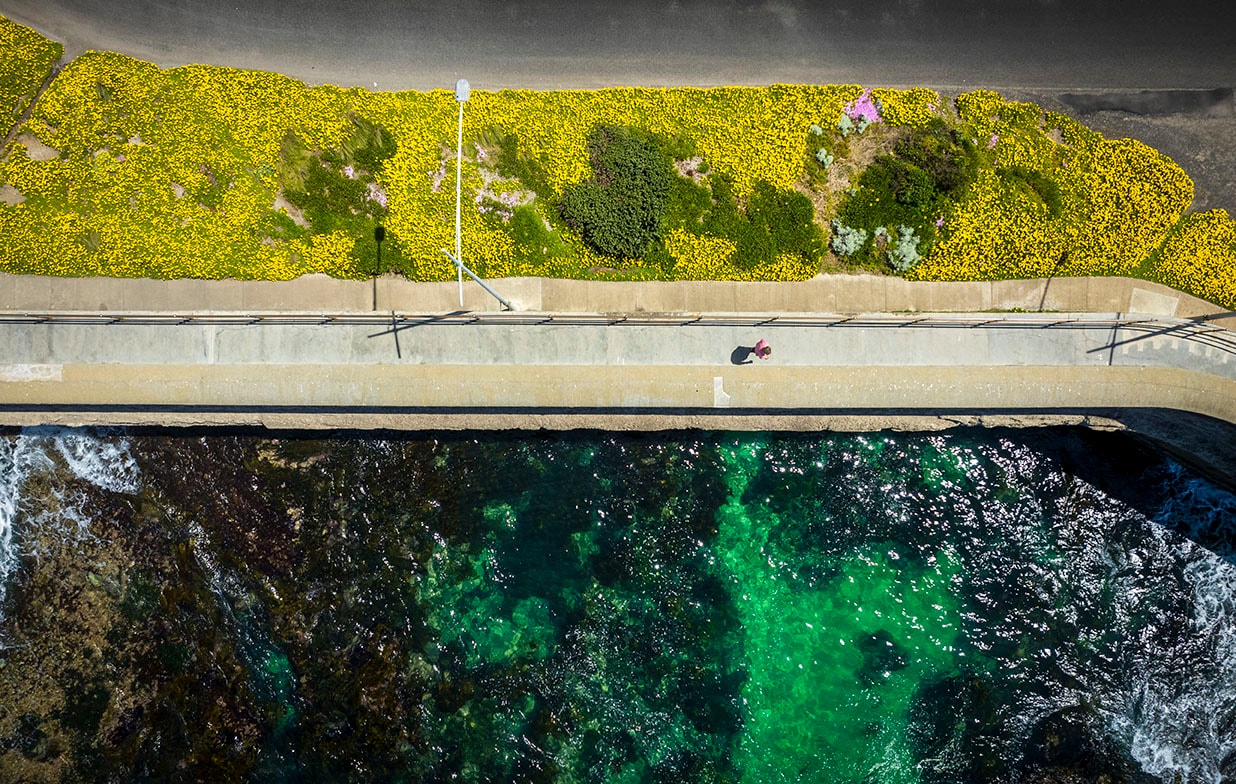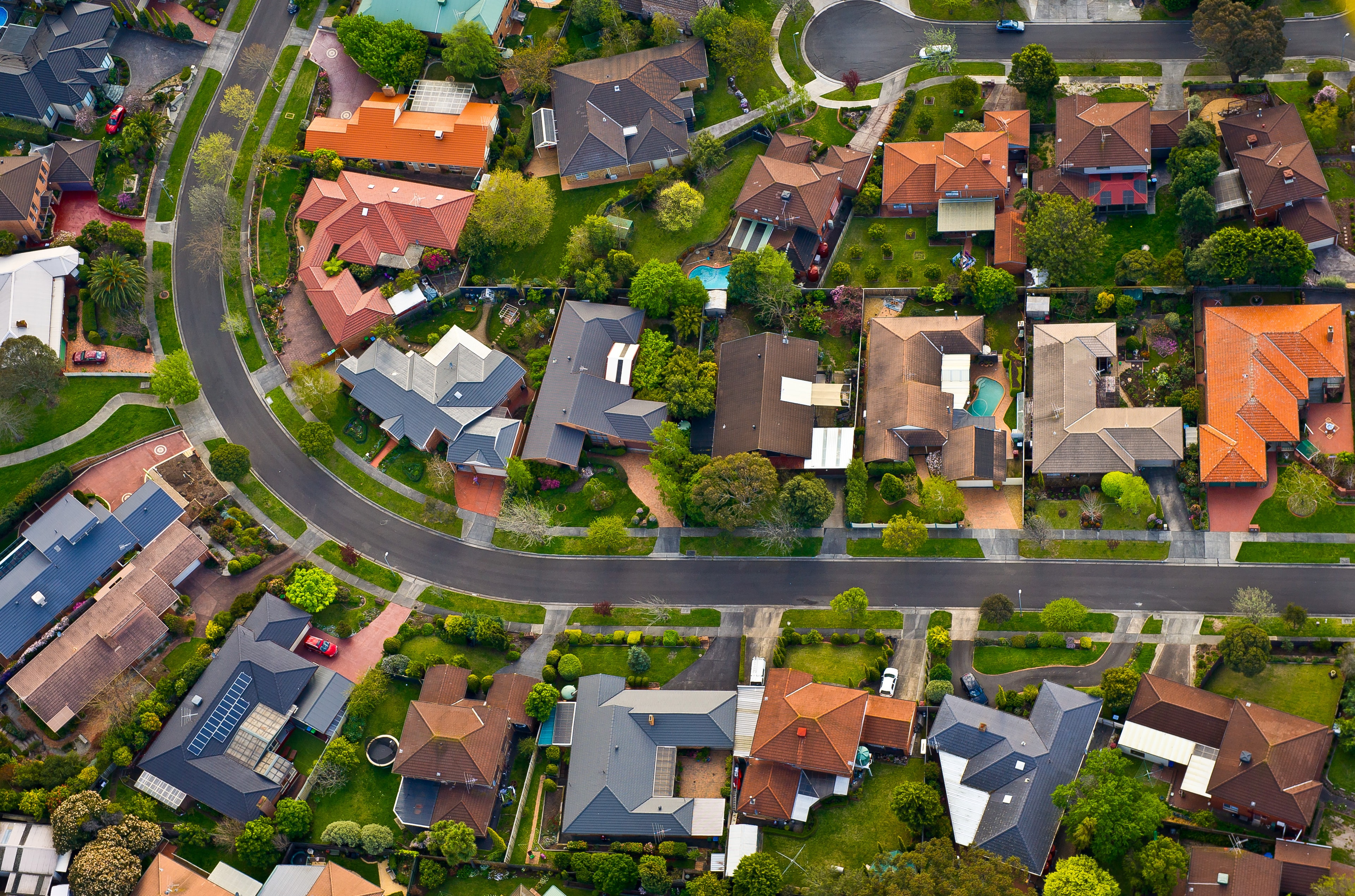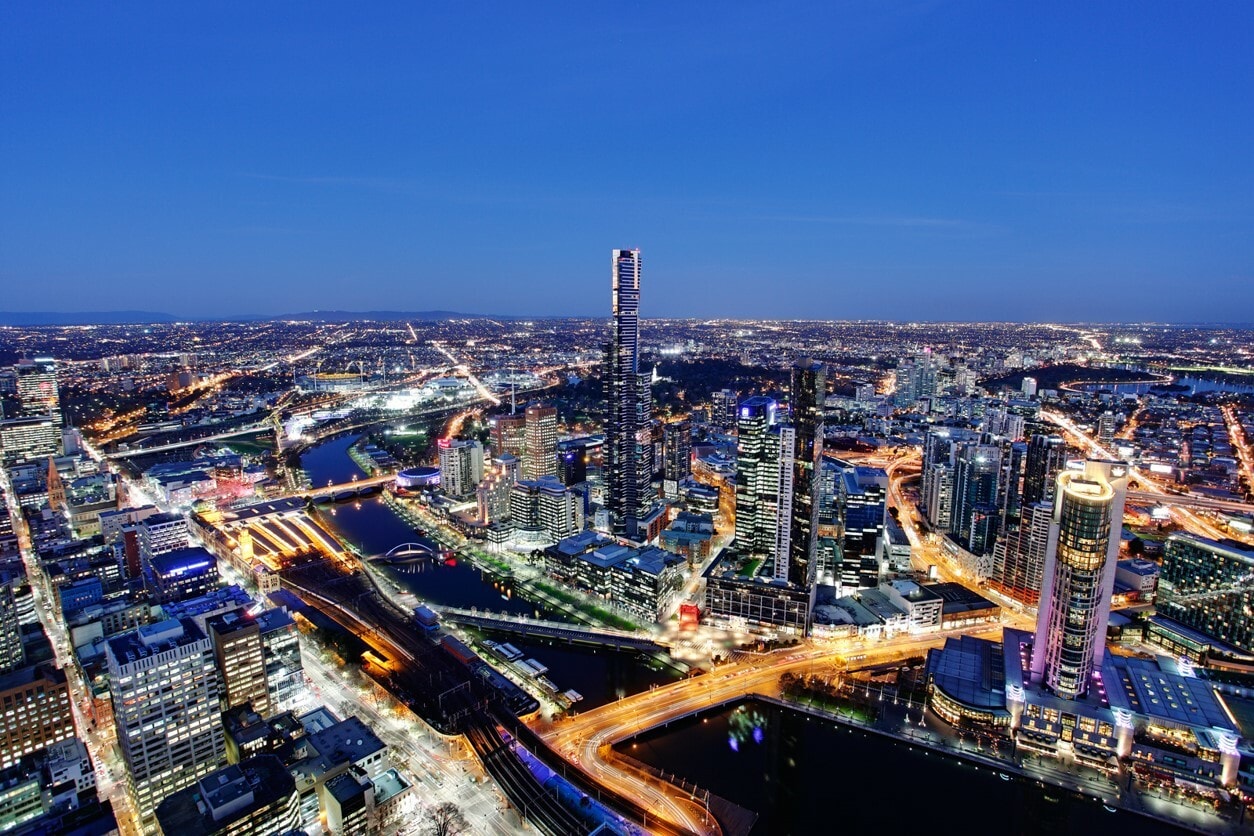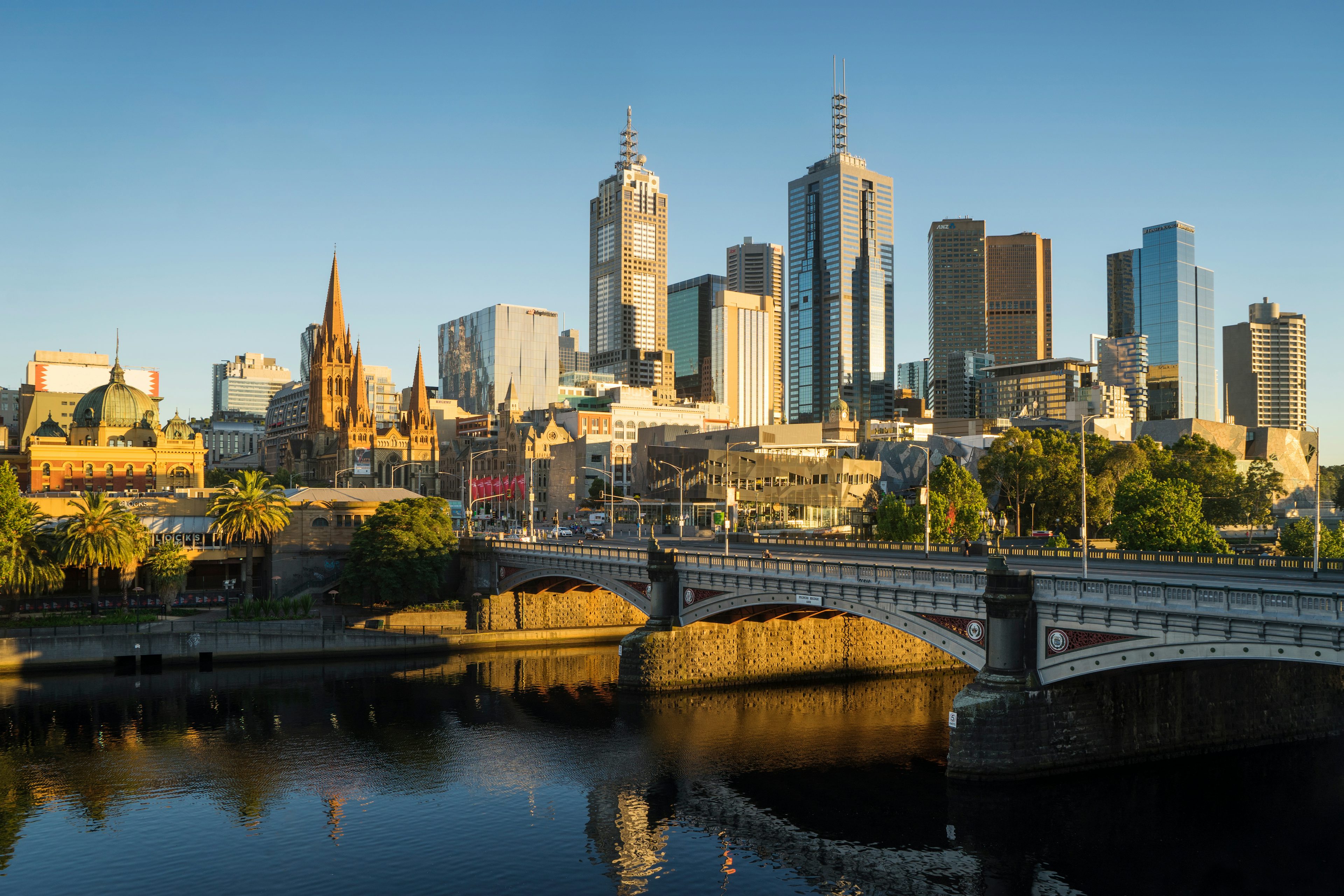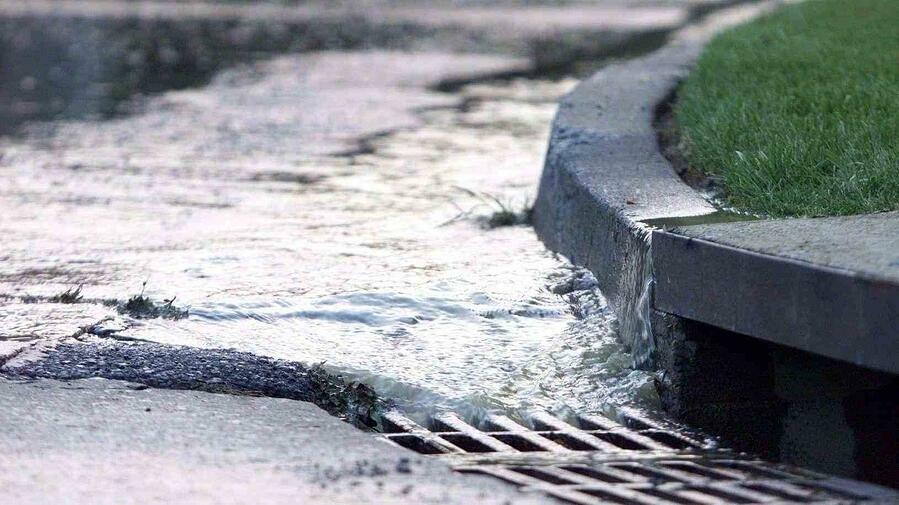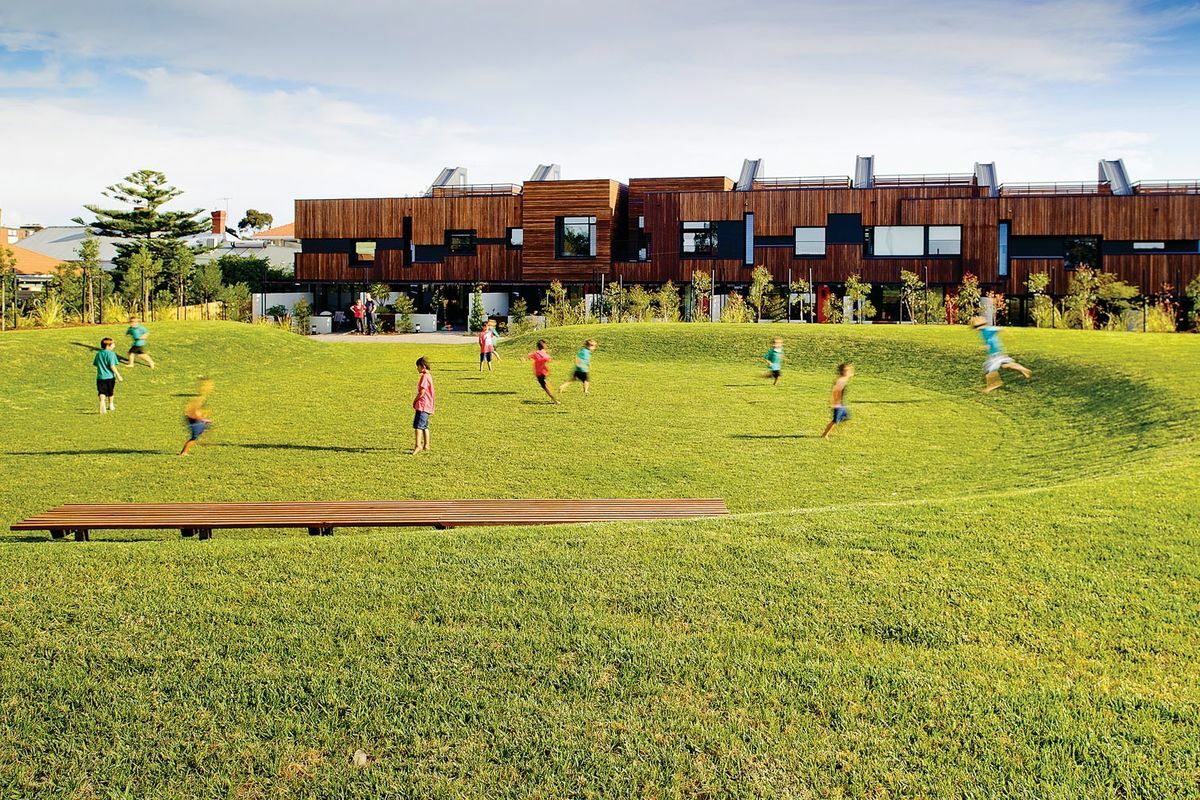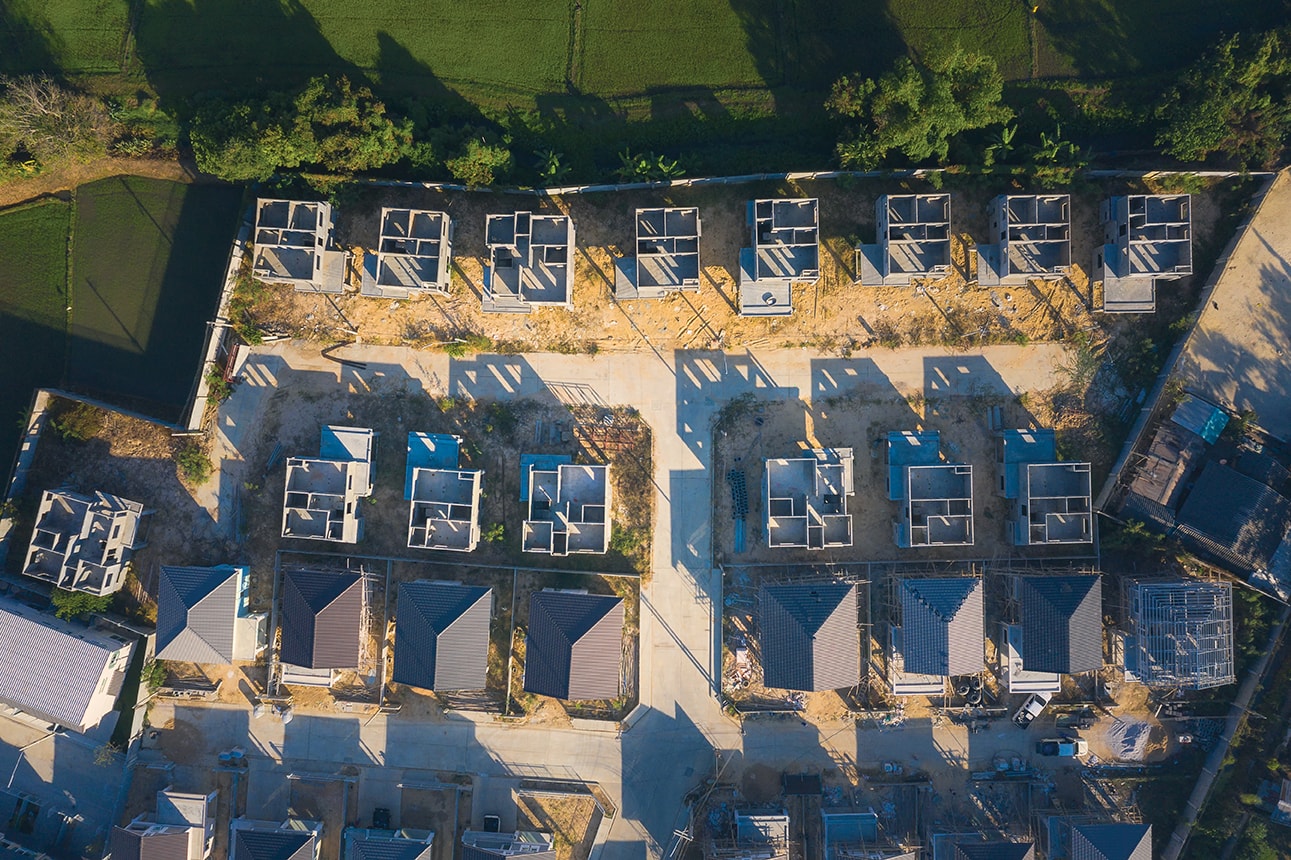Cities
Our cities will grow and change as our population increases. The choices governments, businesses and individuals make now will shape our cities of the future. We need to be intentional in how we grow our cities and what infrastructure we provide.
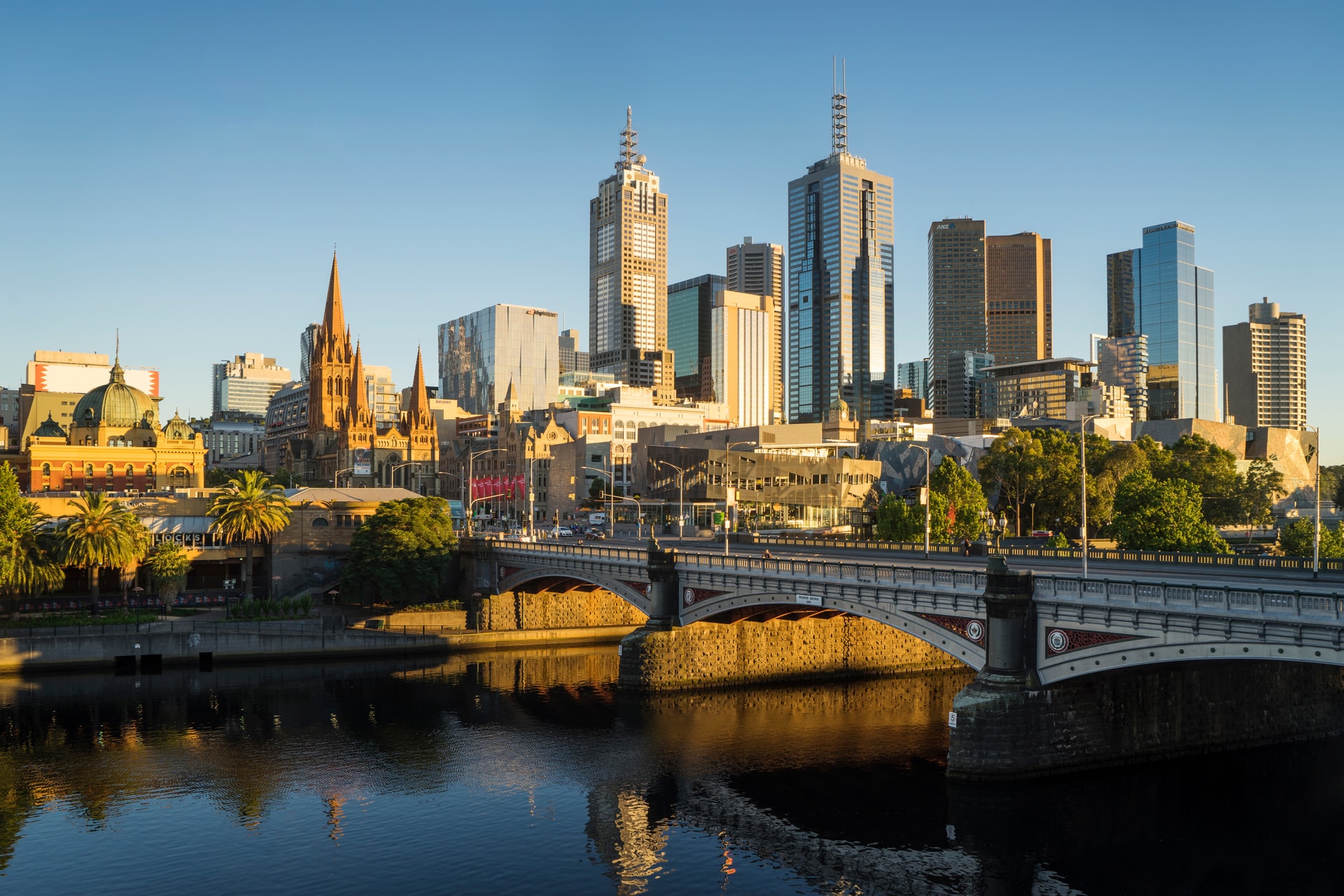
Challenges
Population growth
By 2056, Victoria is projected to be home to more than 11 million people, about 4.5 million people more than 2022. How we shape and adapt our cities for our growing population will affect liveability, our economy and the natural environment. Victoria will need new major transport projects, and new social and environmental infrastructure, to support rapidly growing communities and reduce disadvantage.
City shape has consequences
Our research finds that more compact cities are better overall for Victorians and our economy. By living closer together, people can have better a quality of life, higher incomes and a more sustainable environment.
But Melbourne is one of the lowest population density cities in the world. As our population grows, more people are living in new suburbs on urban fringes, away from services and infrastructure. We need to reinforce growth in established suburbs. We also need to set boundaries for urban growth in our major regional cities.
The cost of urban sprawl
It is more expensive to provide infrastructure for a dispersed city where people live further away from the city centre. There is also a cost to our environment and quality of life. Reforms can help manage transport demand to make better use of existing and new transport infrastructure. We can use pricing to help people make more informed choices about when and how they travel.
Key recommendations
In the next 2 years, complete a review of Victoria’s many infrastructure contributions schemes to create a consistent and efficient system that contributes to Victorian and local government infrastructure costs. A revised infrastructure contribution system can apply more broadly, including in established suburbs, growth areas, peri-urban areas, and regional cities.
Last updated Dec 07, 2021
In the next year, start delivering road space reallocation initiatives to better support and enforce priority movement through streets and places. Adopt a 5-year target for delivery of more ambitious road space reallocation initiatives. Legislate for faster, simpler, and more consultative road space reallocation in government decision-making.
Last updated Dec 07, 2021
Fund public transport accessibility improvements to infrastructure and services, including for priority tram and bus stops, to make substantial progress toward the legislated 2032 accessibility targets.
Last updated Dec 07, 2021
Within the next 2 years, review the Melbourne Congestion Levy on parking to increase its value, expand the properties it applies to, and cover a wider area. In the next 5 years, consider extending the levy to on-street parking and supporting a trial of demand-responsive pricing for inner Melbourne on-street parking.
Last updated Dec 07, 2021
Support efforts to progressively optimise the Port of Melbourne’s capacity, and actively take steps to manage amenity implications for community acceptance, as identified in our Advice on securing Victoria’s ports capacity.
Last updated Dec 07, 2021
In the next year, empower a government body to monitor infrastructure delivery in Victoria’s new growth areas and priority urban renewal precincts, and proactively advise on delivery sequencing and funding. In the next 5 years, develop program business cases for growth areas and precincts that consider timing, sequencing and funding of infrastructure.
Last updated Dec 07, 2021
In the next 5 years, progressively introduce new road network demand management technologies across the state and integrate management systems for different road-based transport modes. Combine them with a road infrastructure upgrade program to optimise the benefits of technologies, such as by providing extra clearways and introducing dedicated lanes for bus routes.
Last updated Dec 07, 2021
Over the next 5 years, increase Melbourne’s train service frequencies for off-peak, counter-peak and weekend services. Develop and progressively deliver a prioritised 15-year network service upgrade program for suburban train corridors, including track and signalling improvements, higher capacity trains, carriage retrofits and an upgraded train control centre.
Last updated Dec 07, 2021
Within the next 2 years, complete a business case to reconfigure the City Loop, including determining its timing. Include planning for more frequent metropolitan services on the Craigieburn, Upfield, Frankston, and Glen Waverley services, while considering a future express railway line between Camberwell and Burnley to prepare for future rail patronage on the Lilydale, Belgrave, and Alamein lines. Explore options and staging to extend metropolitan services to the Mitchell local government area, including possible station locations.
Last updated Dec 07, 2021
Within 5 years complete a business case for the Melbourne Metro Two Tunnel project, and protect the land required to construct it. Consider using the tunnel to re-route Geelong services direct to Southern Cross and consider new stations or relocating existing stations. To shape demand for the project in the next 5 years, enable more intensive land use around the rail network, and introduce ‘next generation’ bus services between Newport and Fishermans Bend, and Victoria Park and Parkville.
Last updated Dec 07, 2021
